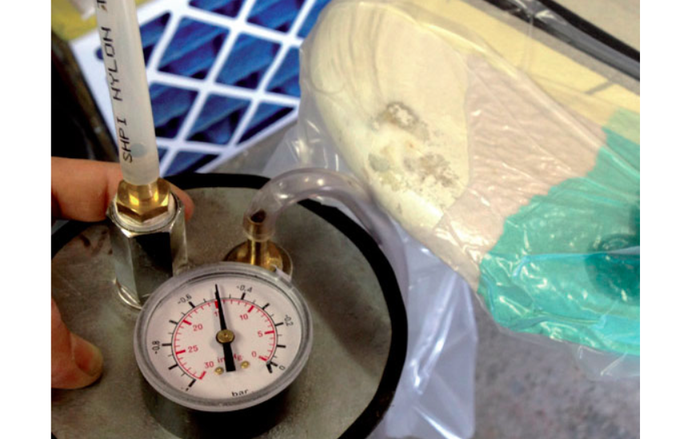1-5
Over the years Jon Kennett has seen many DIY don’ts in his repair shop, here Jon joins Boards to share the biggest mistakes to avoid if you want to repair your own board.

“Modern boards are great but it is inevitable that the odd ding will occur from time to time, it is probably best to get a professional repair, to maintain the value of your board, but to keep you on the water in the short term some epoxy resin or epoxy ding stick can be applied to keep the water out. Instructions are on the product, as a rule epoxy is not a pleasant thing so be sure to take the necessary precautions. If you have a small crack that is causing you worry simply dribble some super glue on the affected area, this will keep the water out and be easy to repair when the time comes.”
Now, it’s onto those top 10 don’ts!
1. Don’t ignore a ding – no matter how big or small.
A couple of minutes assessing damage can save your wallet and board. Is it a structural issue? I.e. a crack on the rail, particularly around the footpad area, would suggest a professional repair is required. It is best not use the board until you can get it checked out. If the damage is on the bottom of the board, or anywhere from the mast track forwards, then as long as water isn’t getting into the board’s core you should be ok. A sign of water penetration is dry salt residue around the damaged area; an epoxy ding repair stick is a good temporary repair solution.
2. Don’t use polyester filler.
This melts the board’s core – car filler, marine gel coat filler and surf board solar style repair kits are all polyester and not suitable; they will lead to heartbreak and wallet emptying.
3. Don’t buy a cheap deck plate.
You might save yourself a tenner but when it breaks and the mast gets stuck through the deck of your board you’ll be cursing that tenner!
4. Don’t attack or dig out a damaged area in the repair process.
Instead, gently feather the damaged area so the epoxy and reinforcement has something to bond to. The laminate on a modern production board is very thin so go gentle.
5. Don’t use expanding foam.
Ever! It has no place in modern board repairs as it simply attacks the board’s core and causes delimitation due to the pressure from foaming.





